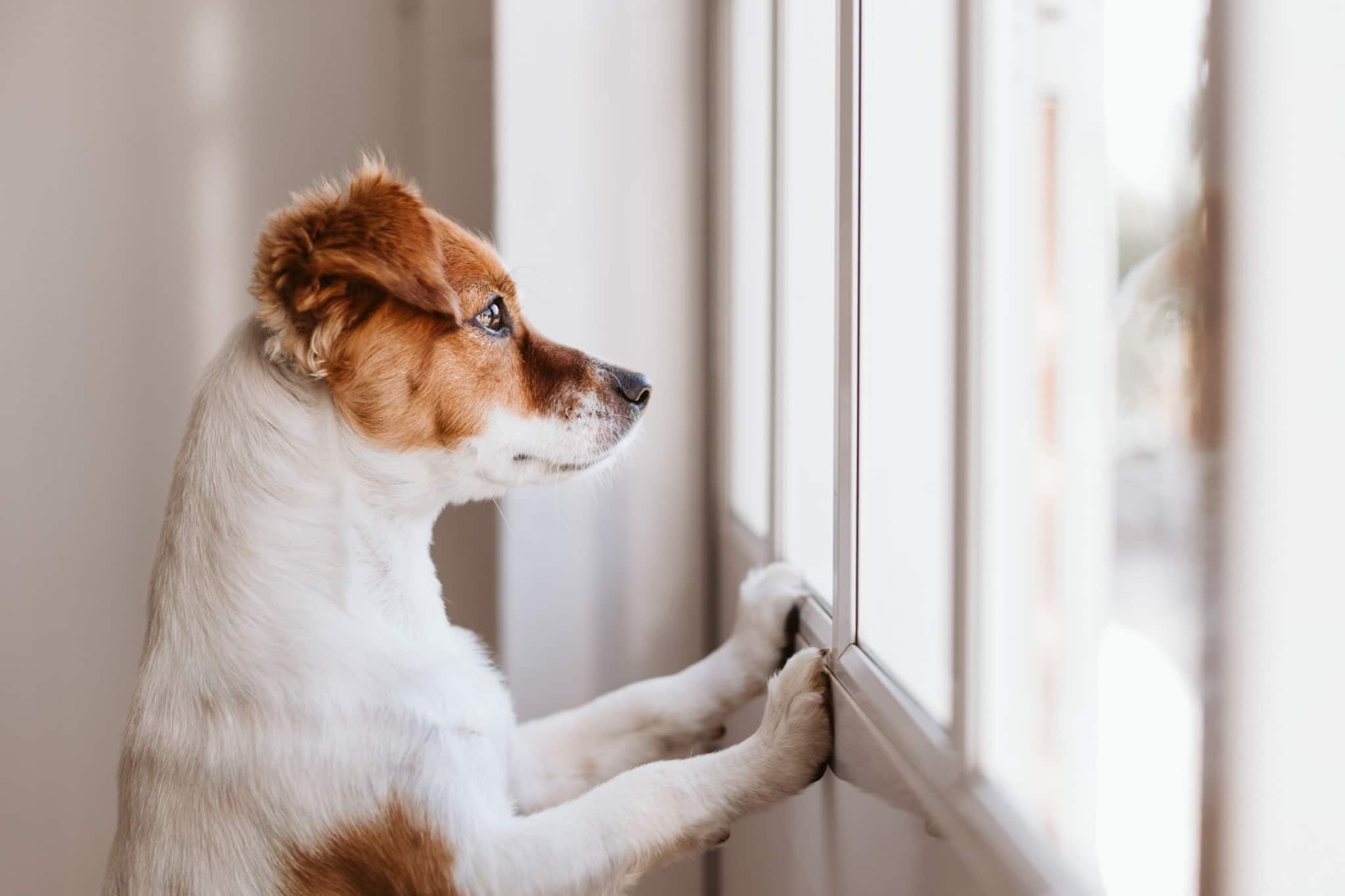Pet adoptions soared during the pandemic lockdown and now the world for many of us is beginning to open up. While going back to school or the office may feel like returning to normal for many humans, the opposite is true for pets and pandemic puppies who will be spending less time with their owners. Through our survey research we discovered that prior to the Covid-19 pandemic, only 11% of respondents spent 21-24 hours per day at home with their dog. Today, 38% of respondents spend 21-24 hours per day at home with their dog. Just like the first week of adopting your dog or starting puppy training, there are proactive steps you can take to reduce your dog’s risk of developing separation anxiety as we return to work/school and become more social.
Even before the pandemic, separation anxiety is a common behavior issue for many dog owners. The University of Illinois College of Veterinary Medicine reports that 20 to 40 percent of dogs exhibit this behavior. In the midst of the COVID-19 pandemic, that may not have been much of a problem due to owners working from home. But as things change, pet owners should pay close attention to how their pup is adjusting.
Signs your dog may be experiencing separation anxiety
Look out for these signs of separation anxiety in your dog:
- Is your dog or puppy barking or howling more than usual?
- Are they salivating or drooling more than they normally do?
…
Post-Pandemic Separation Anxiety in Dogs. Retrieved June 23, 2021 from https://embarkvet.com/resources/blog/separation-anxiety-in-dogs-what-you-should-be-doing-now/












